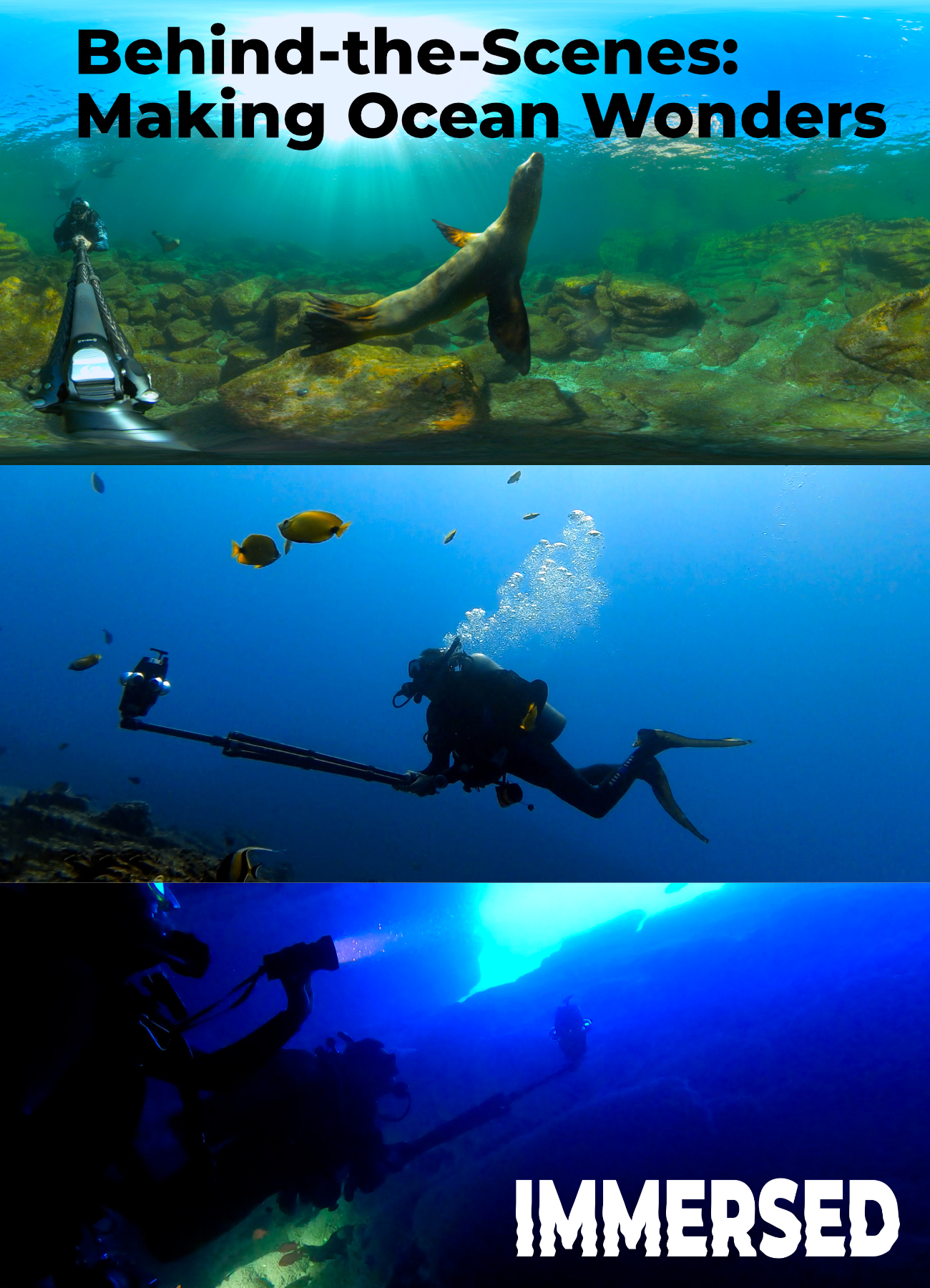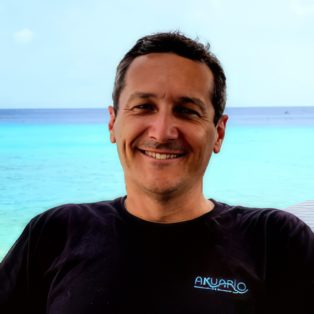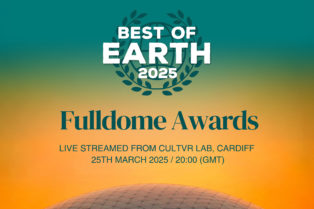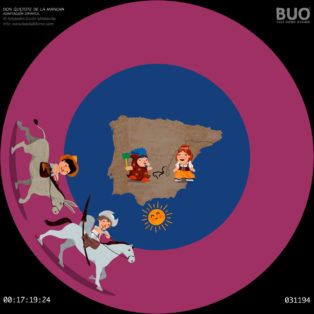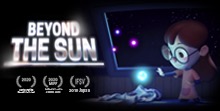The Making of Ocean Wonders and IMMERSED
I can remember the day clearly. It was late spring of 2014 and my lovely wife (who also serves as my regular dive buddy) and I were watching thousands of people returning to a huge cruise ship on Bonaire, a tiny island about fifty miles off the coast of Venezuela. This magical place is known as “Divers Paradise”, and for good reason. Boasting some of the most easily accessible shore diving and pristine coral reefs in the world, it is a cherished and special place to me. My mind was racing with the images seared into my brain from that morning’s dives: vast reefs of brightly colored soft corals and sea fans waving back-and-forth with the gentle surge; unfathomable schools of fish that can completely disorient you with their sheer numbers and shimmering movement; large predatory fish patrolling the deeper edges; tropical sunlight streaming down and drenching everything in prismatic color, all filtered by the incredible turquoise waters. I am no Jacques Cousteau, but it was difficult not to pretend to be him for that short while.
The cruise tourists, however, had spent the day wandering around town trying to find something to do, instead ending up trapped in small curio shops; buying throw-away souvenir tokens to prove to relatives back home that they did, in fact, visit this place. It was somewhat heartbreaking knowing that most of these people had come so close to experiencing one of the planet’s most incredible underwater worlds, yet they didn’t even peek beneath the surface. To be honest, I was also secretly relieved that the reef didn’t have to withstand another three thousand people all trying to get up close and personal with it, but as the son of an ardent conservationist father, I knew that people have to experience these things in order for them to care enough to protect it. It was on that day that I knew I wanted to find a way to bring the wonder of the underwater world, and nature more generally, to as many people as I can in a way that is sustainable.
Don’t get me wrong: public aquariums are cool, but they are also extremely energy inefficient, generate loads of waste, and thousands of creatures die unnecessarily in creating and maintaining them. There had to be another way. And then it dawned on me: virtual reality.
The next few years (!) were spent researching options in my spare time after work as a consultant (I am a PhD environmental scientist by training, so this wasn’t a chore). I watched with envy as some commercial underwater VR camera rigs were being deployed, but the price tags were well beyond my means. So I started off building my own rig of 4K cameras on a PVC framework to take underwater with me, allowing me to film on three sides and above at the same time. I could add or remove air to the tubes to achieve neutral buoyancy for the rig. It actually worked pretty well, but I cannot even begin to tell you how painful the post-production side of things was.
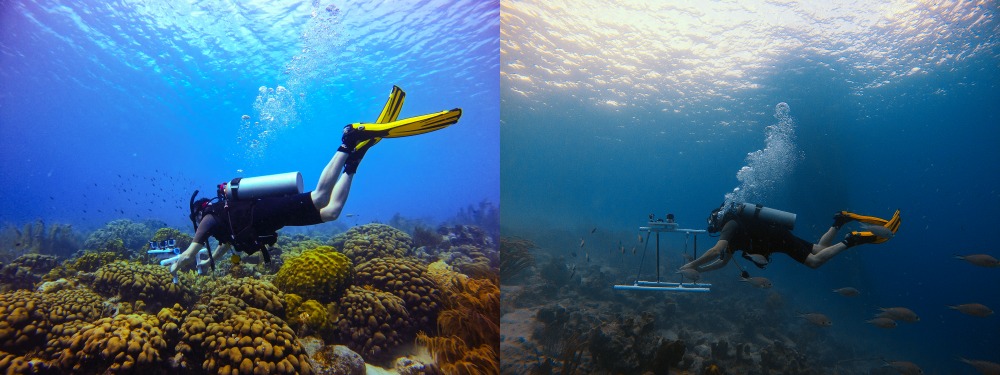
I was also incredibly fortunate to be friends with the owner of the Aquaspace, a crazy trimaran boat with a fully submersible acrylic hull that was designed for Jacques Cousteau to sit and study the oceans for hours on end without getting wet. What a privilege.
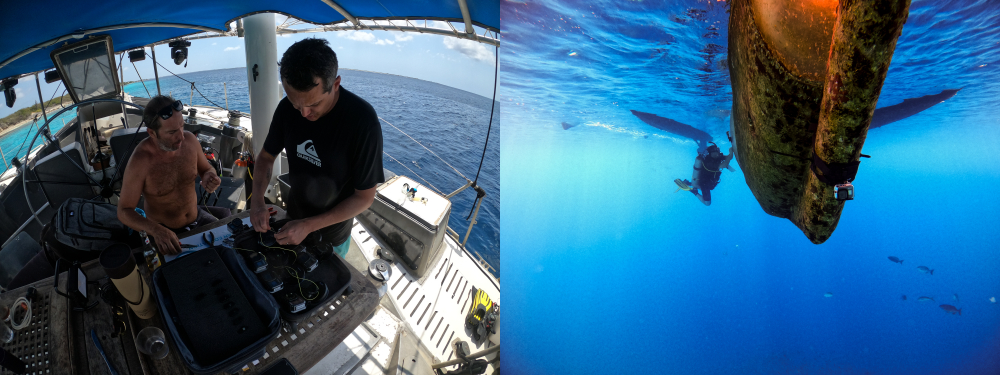
I was THIS close to pulling the trigger on creating a mobile experience (think trailer) using this footage from my homemade rig, when a company from New Zealand, Mantis, produced the first reasonably-priced, professional grade, underwater housing for a full 360 degree camera (the Insta360 Pro2). Capable of filming in stunning 8K resolution, at 30 or 60 frames per second (fps), in both monoscopic (2D) and even stereoscopic (3D) formats. It was a true game changer for me, allowing me to capture professional quality footage at less than eye-watering cost. This shift in filming methodology also allowed me to produce content for new formats, and brought me to the world of fulldome theaters and finally to this community that I am proud to be part of.
Filming with the Mantis/Insta360 combo:
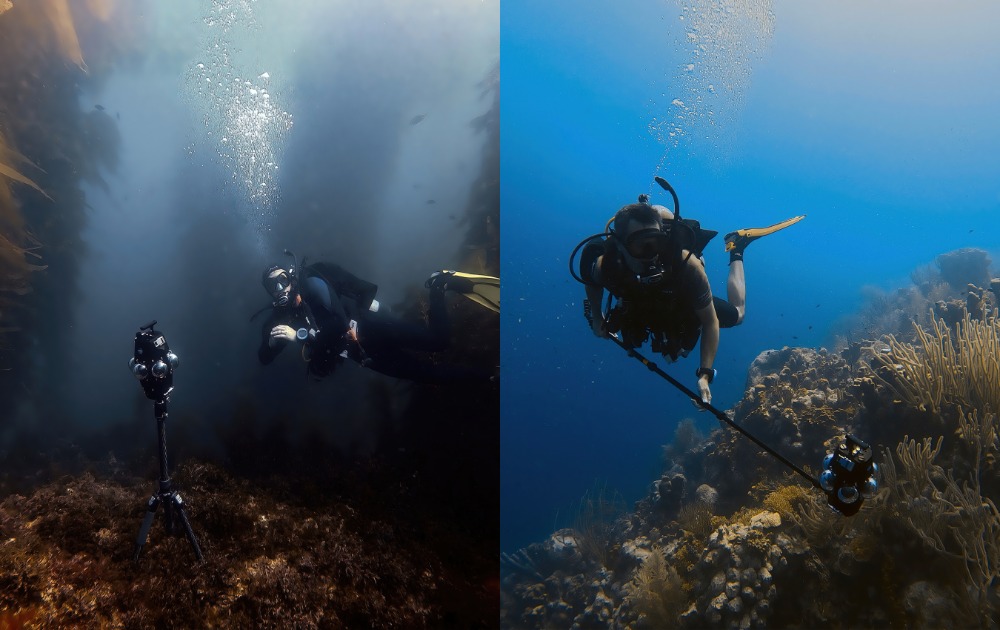
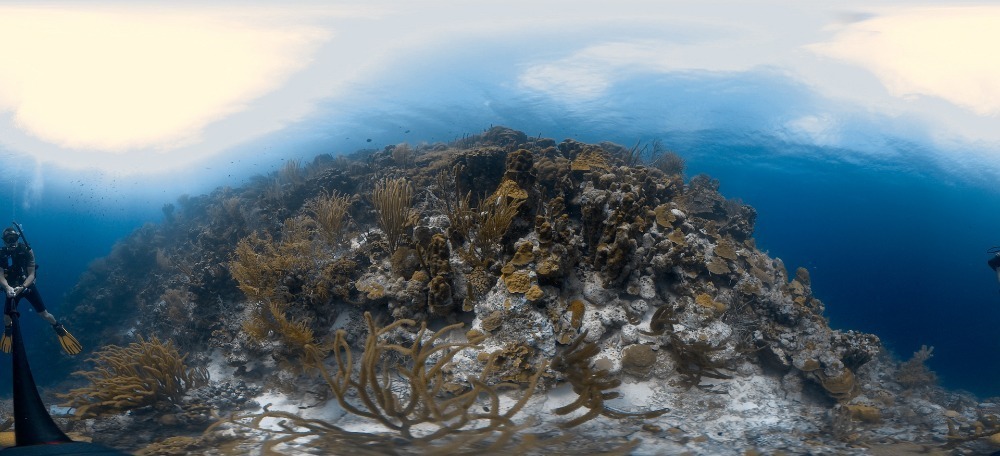
After spending a couple of years filming consistently with the Mantis I decided that I wanted to build my own dome theater to show the content in. Fast forward to the late summer of 2023 (bypassing much blood, sweat, tears, joy, and mostly sheer terror): we opened our intimate 20ft diameter custom-built dome theater, IMMERSED, on Catalina Island, a short ferry ride from the Los Angeles coast.
Renowned for its stunning kelp forests and diverse marine life, Catalina was the perfect fit for testing the IMMERSED brand and our flagship immersive experience, Ocean Wonders. It's a mesmerizing journey through the world’s oceans that showcases the beauty and mystery of marine life and the diverse environments found there - filmed in nine countries, across three oceans and one sea, featuring more than 40 species, it is a true labor of love. To date we’ve had more than 10,000 people come and experience Ocean Wonders at IMMERSED – an achievement I am immensely proud of – but I’m more proud of our reviews, because that is where I get to read about how we’ve helped people who were scared to go in the ocean get their first glimpse of it and to feel like they were there for a moment.
Take a look at the reviews for yourself, and consider that this is when projected at just 2.1K (or 1.6K native) resolution!
Please feel free to reach out to me directly about licensing requests (click my profile for email or find us at immersedcatalina.com) - if you mention reading this far into the blog post (bless your heart), I'll give you a special discount!
Here's where you can find Ocean Wonders on FDDB
Finally, I don’t want to suggest that they copied us, but Sphere and COSM opened a few months after we did.
Have you liked this post? Subscribe to FDDB Newsletter
Sign up now, it's free!











